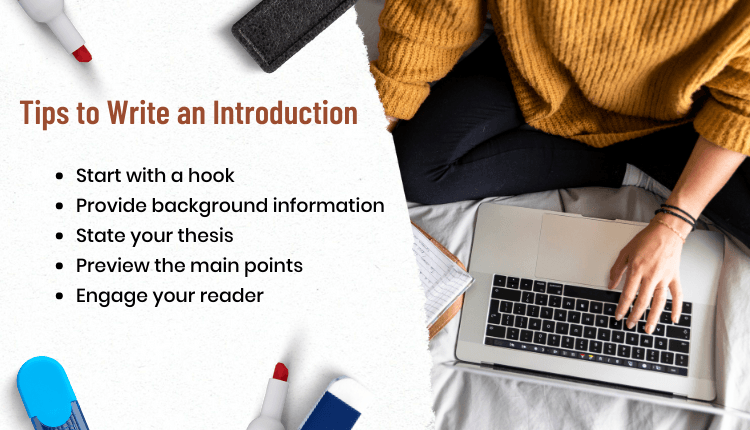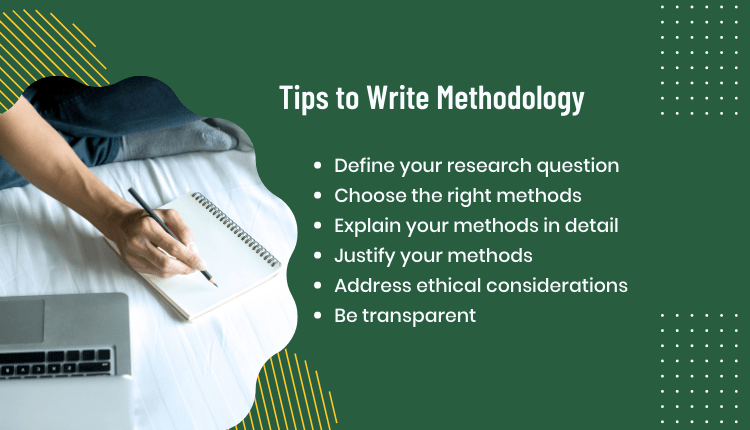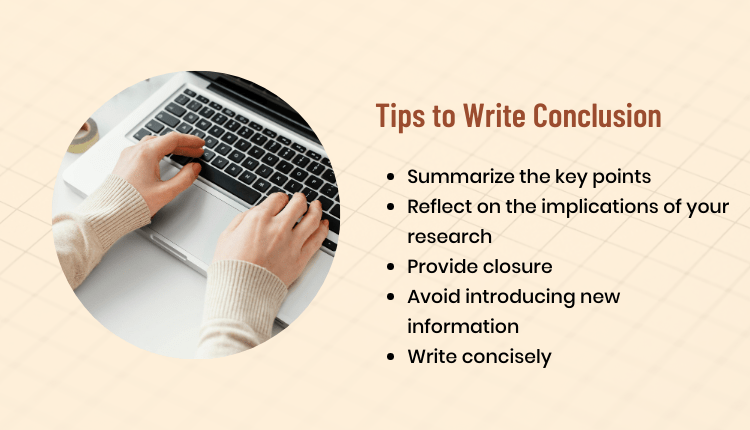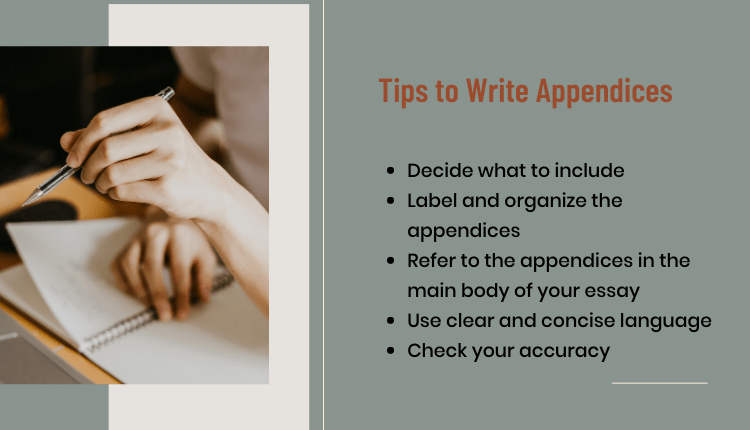Facing Difficulty Writing an Academic Essay? — Here is your one-stop solution!

Academic writing is an important aspect of higher education, as it helps to develop critical thinking, research skills, and the ability to communicate complex ideas effectively. However, for many people, writing an academic essay can be a daunting task. In this blog, we will take you through the process of writing an academic essay, step by step, so that you can approach your next writing assignment with confidence.
From understanding the assignment and researching the topic to developing an outline and revising your work, we will cover all of the key elements of the academic essay-writing process. We will also provide tips and tricks for overcoming common challenges and improving your writing skills. Whether you’re just starting out in your academic career, or you’re a seasoned pro looking to refine your writing skills, this blog has something to offer.
So, if you’re ready to take your academic writing to the next level, read on and discover how to write an academic essay that will impress your readers and help you achieve your goals.
Writing an Academic Essay
1. Introduction
The introduction is one of the most important parts of an academic essay, as it sets the stage for what’s to come. The introduction should provide background information on the topic, establish the purpose of the essay, and clearly state your thesis. The purpose of the introduction is to engage your reader and make them want to continue reading.

Here are some key steps to writing a strong introduction:
1. Start with a hook
Begin your introduction with a hook that will grab the reader’s attention. This could be a quote, a statistic, or an interesting fact related to the topic.
2. Provide background information
After the hook, provide some background information on the topic to give context to the reader. This information should be relevant to the topic and help the reader understand why it’s important.
3. State your thesis
The thesis statement is a clear and concise statement of what you will argue in your essay. It should be placed near the end of the introduction and should reflect the focus of your essay.
4. Preview the main points
Preview the main points of your essay, so the reader knows what to expect. This will give your reader a roadmap for what is to come and will help you to stay focused as you write your essay.
5. Engage your reader
The introduction should engage your reader and make them want to continue reading. Avoid using too much technical language or jargon, and instead, focus on making your introduction accessible and interesting.
Writing a strong introduction to an academic essay is crucial for engaging your reader and setting the stage for what’s to come. By starting with a hook, providing background information, stating your thesis, previewing the main points, and engaging your reader, you will be well on your way to writing a strong academic essay.
2. Literature Review
The literature review is a critical component of an academic essay, as it provides a foundation for the rest of your research. The purpose of a literature review is to summarize and synthesize previous research on the topic and to identify gaps in the existing knowledge. The literature review should be more than just a list of articles and books, but rather an evaluation of the relevant literature.

Here are some key steps to writing a literature review:
1. Choose the right sources
Start by identifying relevant sources for your literature review. This may include academic journals, books, conference proceedings, and theses. Make sure to choose only the most relevant and up-to-date sources.
2. Read and take notes
Once you’ve identified your sources, it’s time to read and take notes. Use a system to keep track of the information and be sure to note the author, date, and key findings of each source.
3. Summarize the literature
In your literature review, you should summarize the key findings of each source, highlighting their relevance to your research. You should also synthesize the information, looking for patterns, similarities, and differences among the sources.
4. Evaluate the literature
A strong literature review should not just summarize the sources, but also evaluate them. This means examining their strengths and weaknesses and assessing their relevance to your research question.
5. Identify gaps in the literature
As you evaluate the sources, look for gaps in the existing knowledge and areas where further research is needed. This will help you to identify the significance of your research and justify the need for your study.
6. Organize your literature review
Once you’ve completed your evaluation, you should organize your literature review clearly and logically. This could be chronologically, thematically, or based on methodology.
By choosing the right sources, reading and taking notes, summarizing and evaluating the literature, identifying gaps, and organizing your review, you will be able to provide a thorough and well-supported foundation for the rest of your essay.
3. Methodology
The methodology section of an academic essay is where you describe the methods you used to conduct your research. This section is an opportunity to explain the steps you took to answer your research question and to justify why you chose these methods. The methodology should be detailed, precise, and transparent so that others can understand and replicate your study if necessary.

Here are some key steps to writing a strong methodology:
1. Define your research question
Before writing your methodology, you should have a clear understanding of your research question. This will guide the choice of methods you use and the information you collect.
2. Choose the right methods
The choice of methods should be guided by the research question. For example, if you’re conducting a survey, you would use a different method than if you were conducting a case study. Consider the strengths and limitations of each method, and choose the one that is best suited to your research question.
3. Explain your methods in detail
In your methodology, you should describe your methods in detail, so that others can understand how you conducted your research. This should include information on the sample size, how you collected the data, and any instruments or techniques you used.
4. Justify your methods
You should justify why you chose the methods you used and how they are appropriate for answering your research question. This might involve a discussion of the limitations of your methods and how they affect the results.
5. Address ethical considerations
If your research involved human subjects, you must address ethical considerations in your methodology. This might include information on informed consent, data confidentiality, and any potential risks to participants.
6. Be transparent
Your methodology should be transparent and honest so that others can understand and replicate your study if necessary. Be sure to report all of the methods you used, even if the results were not what you expected.
By defining your research question, choosing the right methods, explaining your methods in detail, justifying your methods, addressing ethical considerations, and being transparent, you will be able to provide a thorough and well-supported methodology for your essay.
4. Results
The results section of an academic essay is where you present the findings of your research. This section should be clear, concise, and objective, and should present the data without any interpretation or discussion. The results should be organized logically and should include tables, figures, and other visual aids as necessary.

Here are some key steps to writing a strong results section:
1. Summarize the data
The first step in writing the results section is to summarize the data you collected. This might involve calculating means, standard deviations, and other descriptive statistics, depending on the type of data you collected.
2. Organize the results
This might involve presenting the results for each hypothesis, each research question, or each variable, depending on the nature of your study.
3. Use visual aids
Visual aids, such as tables and figures, can help to clarify and simplify the results. Make sure to label each visual aid clearly, and provide a caption that explains what the visual aid is showing.
4. Be objective
The results section should be objective, presenting the data without any interpretation or discussion. The interpretation of the results should be left to the discussion section.
5. Report results accurately
The results section should report the results accurately and precisely. This might involve rounding numbers to a specified number of decimal places, or using appropriate units of measurement.
In summary, by summarizing the data, organizing the results, using visual aids, being objective, and reporting the results accurately, you will be able to present your findings in a clear and compelling manner.
5. Discussion
The discussion section of an academic essay is where you interpret the results of your research and relate them to your research question and the broader literature. This section is an opportunity to conclude, make recommendations, and reflect on the strengths and limitations of your study. The discussion should be well-organized and should provide a clear and concise interpretation of the results.

Here are some key steps to writing a strong discussion section:
1. Interpret the results
The first step in writing the discussion section is to interpret the results of your study. This might involve comparing your results to previous research, explaining any unexpected results, and drawing conclusions about the implications of your findings.
2. Relate the results to your research question
The discussion should relate the results of your study to your research question, demonstrating how the results answer the question and providing insights into the topic.
3. Evaluate the strengths and limitations of your study
The discussion should include an evaluation of the strengths and limitations of your study, addressing any limitations that might affect the validity of the results, and suggesting areas for future research.
4. Draw conclusions
The discussion should conclude the results of the study, make recommendations based on the findings, and discuss the implications for future research.
5. Consider the broader context
The discussion should consider the broader context of the research, relating the findings to the broader literature and making connections to other related fields.
6. Write clearly and concisely
The discussion should be well-written and easy to understand, using clear and concise language. Avoid using technical jargon, and make sure to define any terms that may be unfamiliar to your reader.
6. Conclusion
The conclusion of an academic essay is the final section in which you summarize the key points of your argument and provide closure to your reader. This section should be concise and to the point, reiterating the main points of your essay and providing a final perspective on your topic. The conclusion should also reflect on the implications of your research, considering the broader context of your study and its contributions to the field.

Here are some key steps to writing a strong conclusion:
1. Summarize the key points
The first step in writing the conclusion is to summarize the key points of your essay. This might involve restating your research question, summarizing your findings, and reiterating your arguments.
2. Reflect on the implications of your research
The conclusion should reflect on the implications of your research, considering the broader context of your study and its contributions to the field. This might involve discussing the potential applications of your findings, considering any ethical implications, or discussing future directions for research.
3. Provide closure
The conclusion should provide closure to your reader, bringing your argument to a logical end and tying up any loose ends. This might involve suggesting a conclusion based on your research, or providing a final perspective on your topic.
4. Avoid introducing new information
The conclusion should avoid introducing new information or arguments that were not discussed in the body of your essay. This might confuse your reader and undermine the coherence of your argument.
5. Write concisely
The conclusion should be concise, using clear and concise language to summarize the key points of your essay. Avoid using technical jargon, and make sure to write in a way that is easy for your reader to understand.
By summarizing the key points, reflecting on the implications of your research, providing closure, avoiding introducing new information, and writing concisely, you will be able to provide a compelling conclusion to your argument.
7. References
The references section of an academic essay is a crucial component that provides a list of the sources you used in your research and writing. The purpose of the references section is to give credit to the authors whose work you have used, to provide evidence for your arguments, and to support the validity of your research.

Here are some key steps to writing a strong references section:
1. Follow a specific citation style
The first step in writing the references section is to follow a specific citation style. There are several citation styles used in academic writing, including APA, MLA, and Chicago, and it is important to choose the one that is appropriate for your discipline and the type of essay you are writing.
2. Cite all sources used in your essay
The references section should include a citation for all sources that you used in your essay, including books, journal articles, websites, and other types of sources.
3. Follow the format guidelines
The references section should be formatted according to the specific citation style that you have chosen. This might involve including information such as the author’s name, the title of the source, the publication date, and the page numbers for any direct quotes or paraphrased material.
4. Alphabetize the references
The references section should be alphabetized according to the author’s last name, or the first word of the title for sources without authors.
5. Check for accuracy
Before submitting your essay, make sure to check the references section for accuracy, verifying that all of the information is correct and that all of the sources are cited properly.
By following a specific citation style, citing all sources used in your essay, following the format guidelines, alphabetizing the references, and checking for accuracy, you will be able to provide a comprehensive and well-documented references section for your essay.
8. Appendices
The appendices section of an academic essay is an optional component that provides additional information that supports the main argument or research findings. This section might include materials such as graphs, tables, maps, images, or other types of data or supplementary information.

Here are some key steps to writing a strong appendices section:
1. Decide what to include
The first step in writing the appendices section is to decide what to include. This might involve evaluating the relevance of different types of information and determining which information is necessary to support your argument.
2. Label and organize the appendices
The appendices should be labeled and organized clearly and consistently, making it easy for the reader to understand the information being presented. This might involve including a title or description for each appendix, and numbering the appendices in a logical order.
3. Refer to the appendices in the main body of your essay
The appendices should be referred to in the main body of your essay, helping to connect the appendices to your argument. This might involve including a reference to the appendix in your text, or including a cross-reference to the appendix in your table of contents.
4. Use clear and concise language
The appendices should be written using clear and concise language, making it easy for the reader to understand the information being presented. Avoid using technical jargon, and make sure to write in a way that is accessible to your reader.
5. Check for accuracy
Before submitting your essay, make sure to check the appendices section for accuracy, verifying that all of the information is correct and that all of the tables, graphs, and other materials are properly labeled and organized.
By deciding what to include, labeling and organizing the appendices, referring to the appendices in the main body of your essay, using clear and concise language, and checking for accuracy, you will be able to provide a comprehensive and well-documented appendices section for your essay.
In Conclusion
Writing an academic essay is a complex and challenging task that requires careful planning, research, writing, and revision. From developing a strong thesis statement and researching the topic to writing the introduction, literature review, methodology, results, discussion, conclusion, and references, each step in the essay writing process requires attention to detail and a commitment to producing a high-quality essay.
By following the guidelines and tips outlined in this blog, you will be able to write a clear and well-structured essay that effectively communicates your argument, supports your claims with evidence, and meets the expectations of your reader.
In conclusion, writing an academic essay is a multi-step process that requires time, effort, and dedication. However, by breaking the process down into manageable steps, and by focusing on the key elements of writing an effective essay, you will be able to produce a high-quality essay that meets the expectations of your reader and contributes to your academic or professional success.










The best info ever thanks keep going like this 👌 🙌 👏 👍
It’s clearly and interesting work. I will use ir for My study and work i’m education un Patagonia, Argentina. Thanks Shrutika.
Good 👍🏻
I love the content
Thank you for the update and enlightened